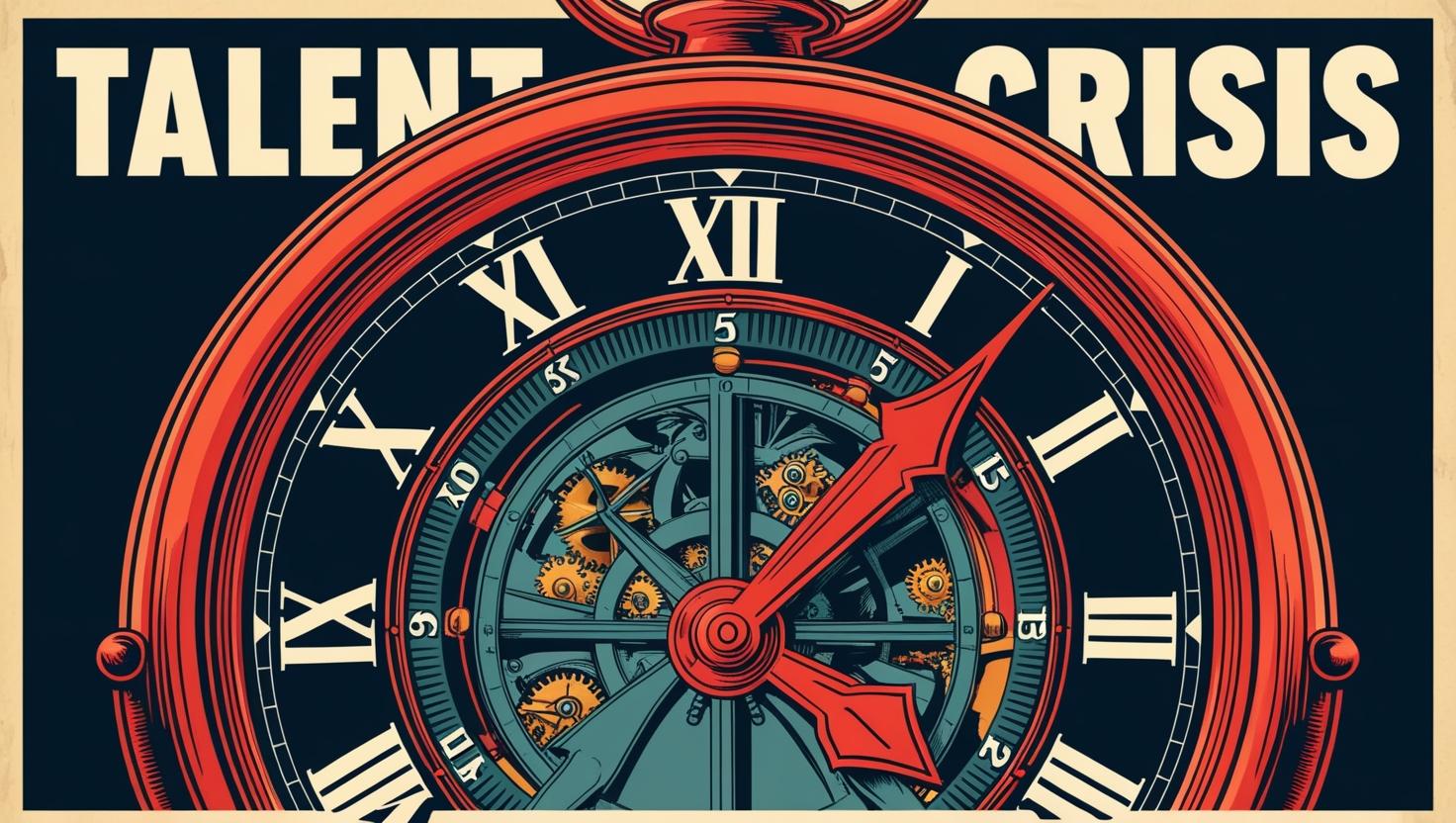
The modern workforce is facing an unprecedented transformation. Rapid advancements in technology, fluctuating markets, and the pressures of an increasingly globalized economy are altering the way businesses operate. As industries reshape and evolve, so do the skills and roles that organizations need to thrive. For leaders, the stakes have never been higher.
Yet, many organizations continue to operate in reactive recruitment mode – scrambling to fill positions when talent shortages have already begun to impact productivity, innovation, and growth. Without a strategic approach to workforce planning, these organizations find themselves fighting talent fires instead of building workforce resilience.
The real question is: Can your organization afford to operate this way?
From Crisis Mode to Competitive Advantage
The solution is clear: businesses must move from playing catch-up to staying ahead. A proactive, insight-driven approach to workforce planning allows leaders to anticipate and prepare for workforce needs before gaps emerge. This isn’t just about hiring faster or cutting costs, it’s about aligning your workforce strategy with your business goals, ensuring long-term adaptability, and cultivating a culture of success.
This article will break down actionable strategies to help your organization forecast talent needs with confidence and avoid the costly pitfalls of reactive hiring. But before diving into the solutions, let’s take a closer look at the cost of waiting too long to act.
The High Cost of Playing Catch-Up
Operating reactively in today’s talent market is a surefire way to fall behind. Organizations that fail to anticipate and plan for tomorrow’s talent needs often face compounding challenges. The consequences of this approach reach far beyond unfilled roles, they impact every corner of the business, from employee morale to revenue generation and market reputation.
Consider these eye-opening statistics:
- $8.9 trillion in global GDP is lost annually due to low employee engagement (Gallup, 2024). Employee disengagement, caused in part by inadequate development opportunities and mismatched roles, drags down productivity and organizational effectiveness.
- 51% of employees are watching for or actively seeking new roles, with many citing a lack of career development and clear growth pathways as the primary reason (Gallup, 2024). This turnover creates additional talent gaps and increases recruitment and onboarding costs.
- 375 million workers globally will need to switch occupations by 2030 to adapt to the evolving demands of automation and digital transformation (McKinsey via Forbes, 2024). Organizations that fail to anticipate these demands risk lagging behind market competitors who invest in upskilling or reskilling their workforce.
These numbers illustrate the harsh reality of reactive workforce planning. When key roles go unfilled or when organizations fail to cultivate and retain talent, the resulting loss of productivity, revenue, and organizational efficiency can erode competitiveness and hinder long-term growth.
Reactive Hiring: A Cycle You Can’t Afford
When businesses are stuck in a reactive mode of talent acquisition, several challenges arise:
- Rushed Hiring Decisions: Organizations under pressure often resort to filling roles quickly, prioritizing speed over quality. This leads to mismatched hires who may lack the skills or cultural fit needed to succeed, further compounding productivity issues.
- Higher Recruitment Costs: Filling urgent vacancies often requires paying a premium, whether it’s through expedited hiring processes, expensive external recruiters, or poaching from competitors.
- Missed Opportunities for Innovation: Key vacancies in critical roles, such as data science, engineering, or product management, can delay important projects and disrupt innovation pipelines.
- Team Burnout and Turnover: Existing employees are left to shoulder the burden of unfilled roles, increasing stress and the likelihood of burnout or voluntary turnover.
Over time, this reactive approach creates a self-reinforcing cycle: unfilled positions lead to lower organizational performance, which drives disengagement and attrition, which in turn creates even more hiring challenges.
The Talent Market Has Changed – Have You?
Adding to the challenge is the fact that today’s talent market is fundamentally different from just a few years ago. Employees value workplace flexibility, career development, and a sense of purpose more than ever before. Organizations that fail to meet these expectations risk not only losing current employees but also becoming less attractive to new candidates.
Moreover, talent competition is fiercer than ever. According to Korn Ferry’s report, the global demand for skilled professionals is expected to outstrip supply by 85 million people by 2030, costing companies trillions in lost revenue. While the shortage is felt across industries, sectors like technology, healthcare, and renewable energy are especially hard hit.
In this environment, businesses must think beyond traditional workforce planning models. Success in talent management now hinges on anticipating future needs, building internal capacity, and creating a workplace environment where employees want to stay and grow.
There Is a Better Way
What’s the alternative to reactive hiring and its consequences? A proactive approach to workforce planning that anticipates talent needs before they escalate into crises. This means understanding the evolving demands of your industry and aligning your talent strategy accordingly. It also means focusing on building internal capacity through initiatives like skills gap analysis, career progression programs, and talent pipeline development.
In the next section, we’ll explore actionable strategies to help your organization forecast talent needs with confidence and agility. Whether it’s mapping out future workforce requirements, empowering internal teams to adapt, or identifying expansion opportunities, the key is to act today—not tomorrow.
Ready to take control of your workforce strategy? At RecruitrLabs, we specialize in consulting services designed to help organizations map out talent needs, address workforce gaps, and plan for market and team expansions. Don’t wait for a crisis before you act – contact us today to future-proof your workforce.